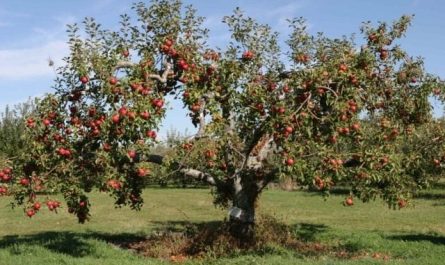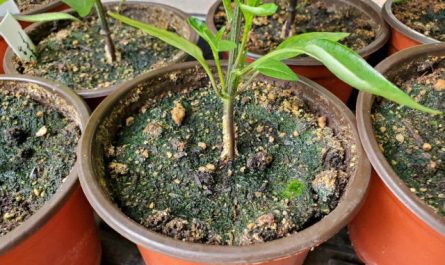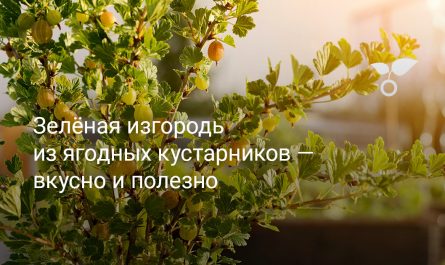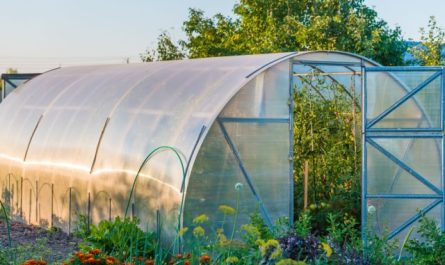Onions are a relatively cold-resistant plant. Their seeds can germinate even at a temperature of +5 degrees. Onion shoots can withstand short-term frosts and temperature drops. That is why they begin to plant it very early.
To grow onions, select areas with fairly fertile soil where a large amount of organic matter has been added. When preparing the area, the soil is dug up to the depth of the entire fertile layer. Then, in early spring, urea, superphosphate and potassium chloride are added to the selected area.

© H. Zell
In order for the seeds to sprout evenly and for the plants to develop faster, onion seeds are soaked for germination until the seeds develop white roots, and then dried until they become loose. Onions are sown early in the spring in moist soil.
To sow, beds a quarter of a meter wide are laid out on the plot and onion seeds are sown in furrows to a depth of 2 cm. Then the seeds are covered with soil and compacted. On top of the onion crops, mulch with peat or humus. For a more even distribution of small seeds during sowing, they are mixed with sand or dusted with white tooth powder so that they become white and are clearly visible. The approximate consumption of onion seeds is 1 kg per 10 meters of the bed, depending on the germination of the seeds.

Onion shoots appear two weeks after sowing. During this time, many weeds sprout, which can drown out the tender onion shoots. Therefore, even before the first shoots appear, it is necessary to carefully loosen the space between the rows and weed out the weeds.
For better growth, onions need to be fertilized with organic and complete mineral fertilizers. The very first feeding of onions should be done in the phase of three true leaves with liquid manure diluted 1:5 with water with the addition of 30 g of superphosphate or a slurry of chicken manure in a ratio of 1:10. During fertilizing, the onions need to be thinned out, leaving the plants at a distance of 4 cm.

© Forest & Kim Starr
The next time you feed, add mineral fertilizers – dissolve 30 grams of superphosphate, 10 grams of urea and 15 grams of potassium chloride in a bucket of water. One bucket of fertilizer is enough for 10 meters of a bed. If the plants are growing intensively, then you should exclude nitrogen fertilizers. From July, do not feed with nitrogen either, but add superphosphate and potassium chloride.
Harvesting of bulbs begins when the leaves start to lodge and turn yellow, at the end of summer. The onions pulled out together with the tops are left in the garden bed to ripen for one week, and then the tops are cut off and the onions are transferred to a ventilated room.


















